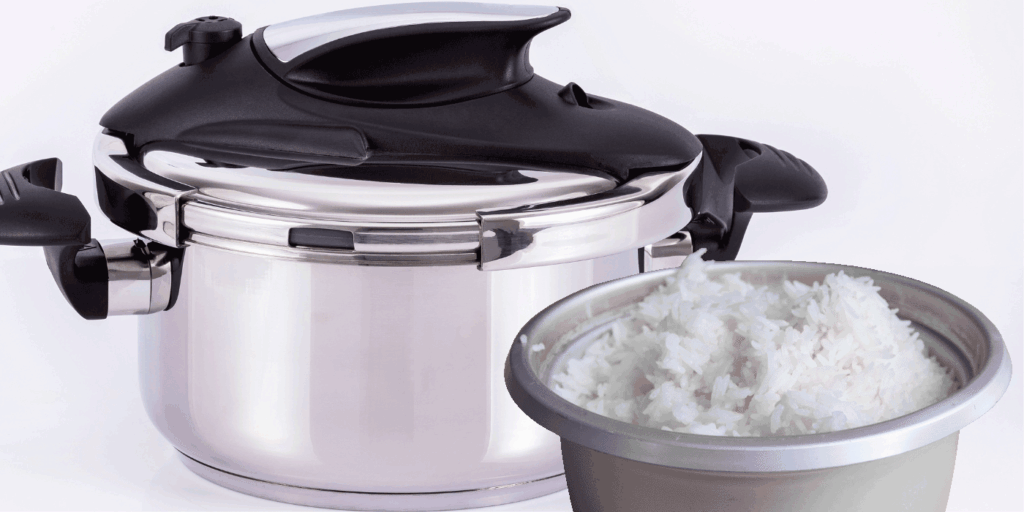
Rice Cooker: Unveiling its Multifaceted Uses Beyond Simple Rice Preparation
The ubiquitous rice cooker. A staple appliance in countless kitchens around the globe, primarily known for its ability to perfectly cook rice. But is that all a rice cooker is used for? The answer is a resounding no. The modern rice cooker is a versatile kitchen tool capable of much more than just preparing fluffy rice. This article will delve into the myriad of uses for a rice cooker, showcasing its adaptability and convenience in everyday cooking. From steaming vegetables to preparing entire meals, the rice cooker is a surprisingly multi-functional appliance.
The Primary Function: Cooking Rice to Perfection
At its core, the rice cooker is designed for one primary purpose: cooking rice. It excels at this task due to its precise temperature control and automatic shut-off feature. This eliminates the guesswork and potential for burning that often accompanies stovetop rice cooking. Different types of rice, from long-grain white rice to brown rice and even sushi rice, can be cooked to perfection using the appropriate settings and water ratios. Most rice cookers come with measuring cups and specific instructions for various rice types, ensuring consistent and delicious results every time.
Beyond Rice: Expanding the Culinary Horizons
While rice cooking is its primary function, the rice cooker‘s capabilities extend far beyond grains. Its versatility makes it a valuable asset for simplifying meal preparation and expanding culinary horizons.
Steaming Vegetables and Seafood
Many rice cookers come equipped with a steaming basket, allowing you to steam vegetables, seafood, and even dumplings. Steaming preserves the nutrients and natural flavors of the food, making it a healthy and delicious cooking method. Simply add water to the pot, place the food in the steaming basket, and let the rice cooker do its magic. The automatic shut-off feature prevents overcooking, ensuring perfectly steamed results.
Cooking Grains Other Than Rice
The rice cooker is not limited to just rice; it can also be used to cook other grains like quinoa, barley, and oats. These grains often require specific cooking times and water ratios, which can be easily managed with a rice cooker. This makes it a convenient tool for preparing healthy and nutritious meals.
Making Soups and Stews
Did you know your rice cooker can also be used to make soups and stews? Simply add your ingredients to the pot, set the appropriate cooking time, and let the rice cooker simmer the flavors together. This is a great way to prepare hearty and comforting meals with minimal effort. The keep-warm function ensures that your soup or stew stays at the perfect serving temperature.
Preparing Oatmeal and Porridge
For a quick and easy breakfast, the rice cooker can be used to prepare oatmeal and porridge. Simply add oats, water or milk, and any desired toppings to the pot, and set the rice cooker to cook. This is a convenient way to prepare a healthy and satisfying breakfast without having to stand over the stove.
Baking Cakes and Other Desserts
Believe it or not, some rice cookers can even be used to bake cakes and other desserts. The moist and even heat distribution of the rice cooker creates a perfectly tender and moist cake. There are numerous recipes available online specifically designed for rice cooker baking. This is a fun and creative way to utilize your rice cooker beyond its traditional functions.
Tips and Tricks for Using a Rice Cooker
To maximize the versatility of your rice cooker, here are some helpful tips and tricks:
- Use the Correct Water Ratio: Different types of rice and grains require different water ratios. Consult your rice cooker‘s manual or online resources for specific recommendations.
- Rinse Rice Before Cooking: Rinsing rice removes excess starch, resulting in a fluffier and less sticky texture.
- Don’t Open the Lid During Cooking: Opening the lid releases steam and can affect the cooking time and temperature.
- Let Rice Rest After Cooking: Allowing the rice to rest for a few minutes after cooking allows the steam to redistribute, resulting in a more even texture.
- Clean Your Rice Cooker Regularly: Regularly cleaning your rice cooker prevents the buildup of residue and ensures optimal performance.
Choosing the Right Rice Cooker for Your Needs
With so many rice cookers available on the market, choosing the right one can be a daunting task. Consider the following factors when making your decision:
- Capacity: Choose a rice cooker with a capacity that meets your needs. Consider the number of people you typically cook for and the amount of rice you typically prepare.
- Features: Look for a rice cooker with features that are important to you, such as a steaming basket, keep-warm function, and programmable settings.
- Price: Rice cookers range in price from basic models to more advanced ones. Set a budget and choose a rice cooker that fits your needs and budget.
- Durability: Read reviews and choose a rice cooker from a reputable brand known for its durability and reliability.
The Modern Rice Cooker: A Kitchen Essential
In conclusion, the rice cooker is far more than just a one-trick pony. Its versatility extends beyond simple rice preparation, making it a valuable asset in any kitchen. From steaming vegetables and cooking other grains to making soups, stews, and even baking cakes, the rice cooker is a surprisingly multi-functional appliance. By understanding its capabilities and utilizing the tips and tricks outlined in this article, you can unlock the full potential of your rice cooker and simplify your meal preparation process. A good rice cooker can be a great investment for any home cook. [See also: Best Rice Cookers for Beginners] [See also: How to Clean Your Rice Cooker] [See also: Rice Cooker Recipes for Busy Weeknights]
